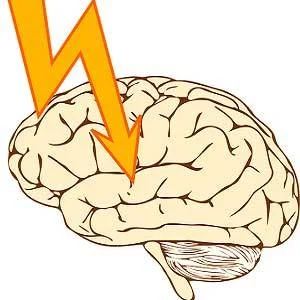A 15 year study in 1.1 million patients with atrial fibrillation has found that women are 23% more likely to be hospitalised for acute ischaemic stroke than men. The research was presented today at CARDIOSTIM - EHRA EUROPACE 2016.
The study investigated whether gender had any impact on the rate of hospitalisation for ischaemic stroke in patients with atrial fibrillation. Data of 1.1 million patients with atrial fibrillation was obtained from the National Inpatient Sample for the purpose of the study.
Dr Ghanshyam Shantha, a cardiovascular disease fellow at the University of Iowa Hospitals and Clinics presented the findings and pointed out that women around the world receive less anticoagulation for stroke prevention as compared to men. He said that only 30 percent of women who should receive such medication actually get it as compared to 60 percent of men. In addition, women do not get state-of-the-art ablation and other highly advanced treatments for atrial fibrillation at the same level as men. It is unclear however if these deficiencies in access translate into poorer outcomes for women.
The rate of stroke hospitalisation among study participants was 2.64 percent in women and 2.15 percent in men. After adjusting for stroke risk factors including age, diabetes, hypertension, previous stroke and heart failure, the researchers found that women had a 23% higher risk of being hospitalised for stroke than men. Findings also showed a consistently higher risk of stroke hospitalisation for women as compared to men - a 27% higher risk in 1998–2002, a 23% higher risk in 2003–2007, and a 22% higher risk in 2008–2012. The study also showed that age, ethnicity, socioeconomic status and region did not have any impact. Women had a higher risk regardless of these factors.
Dr Shantha said: “However you slice, dice, and divide the data, women do poorer than men in terms of admissions for acute ischaemic stroke. This was true overall, across different time periods, and in all subcategories. There is no particular region where women with atrial fibrillation get worse care. In those with high socioeconomic status, women do worse than men, and among those with low socioeconomic status women do worse than men. Women have second-rate outcomes across the board.”
Dr. Shanta also explained that there is still some debate as to whether it's something biological or natural that predisposes women to stroke or whether it's the lack of adequate care. Nevertheless, the study findings show that women receive less treatment and support the conclusion that gender discrepancy is due to inadequate care and not biology.
“Our results may have implications for resource allocation and policy decisions in terms of how we can prioritise women’s health among patients with atrial fibrillation,” added Dr Shantha. “We also need more research on why many women do not get evidence based care.”
Professor Michael Giudici, senior author and Director of Arrhythmia Services at University of Iowa Hospitals and Clinics, said: “Women have a tendency to put everyone else first and say ‘don’t worry about me’. They need to ‘worry about me’ a little more. Women may have more subtle symptoms so they need to pay more attention to their blood sugar and blood pressure and not delay seeking treatment.”
Source: ESC
Image Credit: Wikimedia Commons










